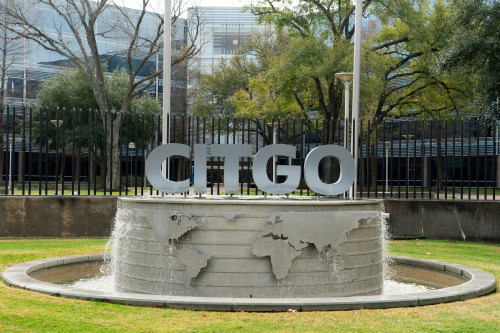(Reuters) – Goldman Sachs on Wednesday raised its end-2025 gold price forecast to $3,300 per ounce from $3,100, citing stronger-than-expected ETF inflows and sustained central bank demand.
Goldman Sachs also raised its forecast range to $3,250-$3,520 from $3,100-$3,300 earlier, according to its research note.
The investment bank expects large Asian central banks to continue their aggressive gold purchases for the next three to six years, aiming to reach projected gold reserve targets.
The bank raised demand assumptions by central banks to 70 tonnes a month from 50 tonnes earlier amid heightened U.S. policy uncertainty and on expectations that China may continue purchasing at rapid pace for another three to six years.
“On the gold ETF side, our U.S. economists continue to expect two 25bp (basis points) Fed cuts in 2025 and one additional cut in H1 (first half of) 2026, which underpins our baseline for ETF inflows,” Goldman Sachs said.
Goldman Sachs sees two potential upside risks for ETFs: a recession-induced Fed cutting cycle raising end-2025 gold prices to $3,410 per ounce, and increased investor demand for gold as a hedge pushing ETF holdings back to pandemic levels, supporting prices toward $3,680 per ounce by the end of 2025.
The bank reiterates its long gold trade recommendation, but recognized two potential events that may offer more attractive entry points.
The first event would be the potential Russia-Ukraine peace agreement, which might trigger temporary speculative selling. However, it is unlikely to have a lasting impact on global gold demand or supply, the bank said.
Another event would be a sharp equity sell-off triggering margin-driven gold liquidation. However, it expects this to be short-lived as speculative positioning recovers amid uncertainty, with structural demand from central banks and ETFs remaining intact.
(Reporting by Sherin Elizabeth Varghese and Noel John in Bengaluru; Editing by Leslie Adler and Lisa Shumaker)






